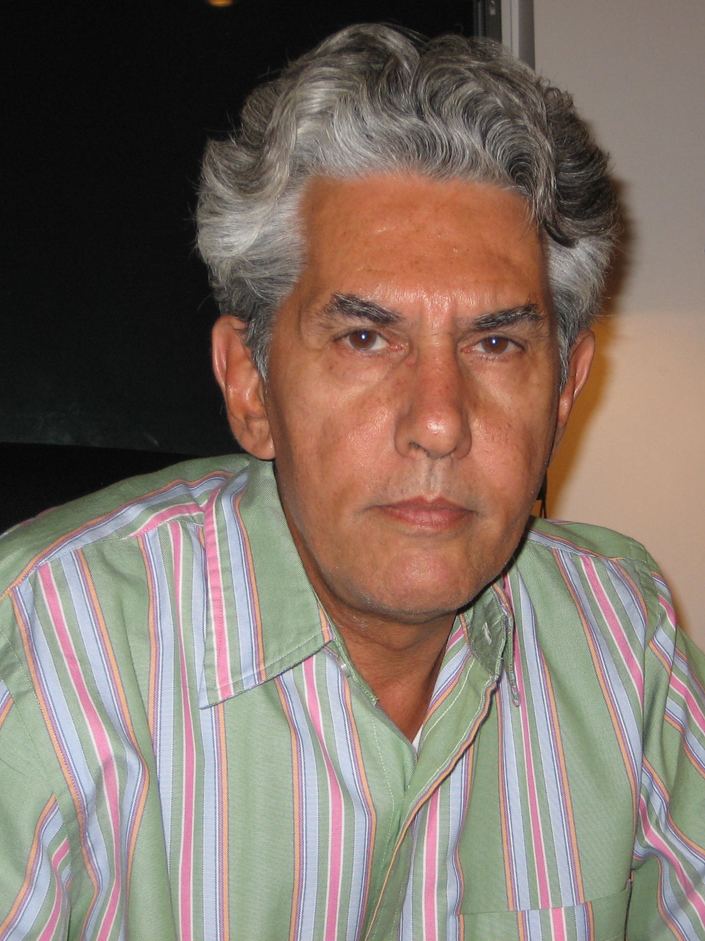Name Jan Pieterse | ||
 | ||
Books Globalization and Culture, White on Black: Images of, Globalization Or Empire?, Ethnicities and global multiculture, Development Theory | ||
Jan Nederveen Pieterse
Jan Nederveen Pieterse is Mellichamp Professor of Global Studies and Sociology in the Global & International Studies Program at the University of California, Santa Barbara . He specializes in globalization, development studies and cultural studies. His books include:
Contents
- Jan Nederveen Pieterse
- Biography
- Globalization and hegemony
- Development studies
- Globalization and culture
- Globalization and Hybridity Theory
- New trends in globalization
- References

Biography
Nederveen Pieterse received his doctorate in cultural anthropology from the University of Nijmegen. He speaks Dutch, English, French, German, and Italian and is a noted scholar in the area of globalization and culture, particularly globalization and cultural hybridity.
Globalization and hegemony
Nederveen Pieterse’s work on globalization involves several dimensions: empire and hegemony, global political economy, development studies, and culture. Work on empire and hegemony includes the early study on Empire and Emancipation (1989). This large study includes kaleidoscopic takes on both empire—traced back to the classical empires, the Crusades, to the new imperialism and contemporary hegemony; and emancipation—with chapters on Native American liberation, African and black emancipation movements, and decolonization movements. Besides historical chapters, the work includes five theoretical chapters, two on empire, two on emancipation, and one on their dialectics. The work on emancipation is taken further in an edited volume, Emancipations, Modern and Postmodern (1992) with contributions by Sandra Harding, Ernesto Laclau, Alberto Melucci, Sudipta Kaviraj, Bhikhu Parekh and others.
Globalization or Empire? (2004) continues this interest and combines hegemony and global political economy. The book features chapters on neoliberal globalization, neoliberal empire, globalization and war, global inequality, American exceptionalism, representations of North and South, and capitalisms after Enron. These perspectives are also developed in (co-)edited volumes such as Humanitarian Intervention and beyond: World Orders in the Making (1998), Global Futures: Shaping Globalization (2000), Globalization and Social Movements (2001), Politics of globalization (2009) and Globalization and Emerging Societies: Development and Inequality (2009). The interest in the limits of American hegemony is taken up in Is there hope for Uncle Sam? Beyond the American Bubble (2008) which includes chapters on social inequality in the United States, the financialization of the American economy, pending economic crisis and the rise of new emerging economies.
Development studies
Another area of interest is development studies. The book Development Theory: Deconstructions/ Reconstructions (2001) has been used widely as a textbook from Scandinavia to South Korea and has gone through six printings. A new edition is appearing in 2009. The book combines global political economy with development policy with critical, probing chapters on alternative development, post-development, culture and development and futures of development thinking.
Globalization and culture
Nederveen Pieterse’s first major work on culture and representation is the 1992 study White on Black: Images of Africa and Blacks in Western Popular Culture. This interest is developed further in a volume co-edited with Bhikhu Parekh, The Decolonization of Imagination (1997). Particularly well known is Nederveen Pieterse’s work on hybridity. The often cited article on ‘Globalization as Hybridization’ appears in his volume Globalization and Culture: Global Mélange (2003). A second edition appears in 2009. A sequel study is Ethnicities and Global Multiculture: Pants for an Octopus (2007) with probing treatments of ethnicity, social capital, multiculturalism, Islam and cosmopolitanism.
Globalization and Hybridity Theory
The term 'hybridity' originates with agriculture but has recently become very significant to Cultural Studies. Originating from the Latin hybrida, a hybrid is simply anything that is mixed. Key thinkers in the development of Hybridity Theory (HT) include Homi K. Bhabha, Stuart Hall, Gayatri Spivak, and Paul Gilroy. For Nederveen Pieterse, the concept of hybridity serves as a hermeneutical tool for interpreting the cultural dimensions of globalization. While most assessments of globalization are confined to a narrow time frame (modernity), Nederveen Pieterse considers globalization in broader anthropological terms. In this sense, he argues that globalization “belongs to a deep dynamic in which shifting civilizational centers are but the front stage of history” with ongoing intercultural traffic forming the backdrop. While globalization is often dismissed as mere westernization, Nederveen Pieterse points out that from an evolutionary perspective, such analysis is historically shallow:
The evolutionary backdrop of our common origins in Africa confirms that humanity is a hybrid species. The species' subsequent “clustering” in different regions of the world has not precluded large-scale contact and population movements across and between continents (Gamble 1993). This mixed heritage is confirmed by the “cultures” identified by archaeologists which in Paleolithic and Neolithic times sprawl widely and do not coincide with the boundaries of much later times.
New trends in globalization
With contemporary globalization comes new dialectics of borders. Increasing transnationalism in communication, production, consumption and travel goes together with the emergence of new borders (as in rising restrictions on migration) and new politics of risk containment (as in relation to conflict areas). As some borders fade new ones and or internal boundaries emerge; besides the advantages of the erasure of boundaries are not evenly distributed. Contemporary globalization can be understood as a process of hierarchical integration in which integration (the spread of global capitalism and its political and cultural radius) fosters borderlessness while hierarchy imposes new boundaries and forms of stratification.
